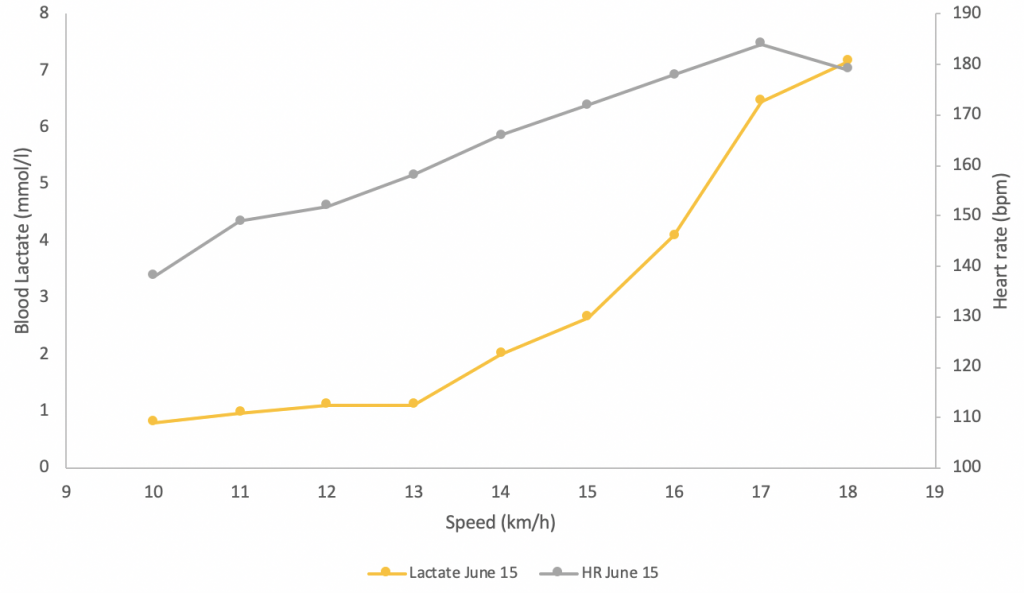The Core Components Of Successful Endurance Performance
In order to produce a successful endurance performance, you must first establish an effective training plan. In this blog I am going to discuss the basic physiology that underpins endurance exercise and the factors that contribute to successful endurance performance. Having this understanding is an important first step in executing a successful performance; whether it be run, bike, ski, row or swim.
But first, back to school…
When we undertake endurance exercise the predominant source of ATP (the molecule that provides the energy required for muscle contraction) is via aerobic pathways. These aerobic pathways require oxygen to resynthesise ATP; anaerobic pathways produce ATP in the absence of oxygen.
We only have low stores of ATP in the muscle. Therefore, if resynthesis fails to keep up with the demand, exercise intensity will have to reduce. Endurance exercise usually takes place at lower intensities for longer durations, therefore aerobic pathways are usually sufficient at producing ATP to meet the demand of the muscles. In contrast, high intensity exercise such as sprinting relies on anaerobic pathways to produce ATP.
When we are deciding on a training plan it is important to know what factors contribute to successful endurance performance. Such factors, are known as determinants of performance. Once you know these you can identify the appropriate techniques to enhance the necessary physiological attributes.
Determinants Of Endurance Performance
VO2max
The highest rate at which the body can extract, transport, and consume oxygen in the process of aerobic ATP synthesis. When it comes to elite endurance athletes a high VO2max is more of a pre-requisite, with other determinants becoming the differentiating factors.
Lactate threshold (LT)
This is the physiological point at which a sustained increase in blood lactate above resting occurs, often expressed as a HR, speed, or % VO2max. This can be seen in the graph below, whereby blood lactate increases sharply after 13 kph. Lactate threshold infers a change in respiration to more anaerobic pathways and has a strong relationship with endurance performance.
If your LT is a high % of VO2max it means you can run faster for less accumulation of blood lactate – a waste product that creates the burning sensation in your muscles which causes you to slow you down.

Economy
This is the oxygen uptake required at a given speed. Having a lower oxygen consumption for a given speed is advantageous. Using a lower % of VO2max results in a lower rate of fuel consumption and better preservation of fuel (you can save it for high intensity efforts near the end of the race). It’s important to note that economy is speed specific; highly trained athletes will have a good economy at race speed but maybe not across a range of speeds.
Fractional utilisation (FU)
This is the % of VO2max an athlete can sustain at race pace. The majority of athletes will race at intensities lower than VO2max, however it is desirable to race at the highest intensity possible without accumulating debilitating waste products. Highly trained individuals may demonstrate a FU of 85% VO2max compared to an untrained individual at 50%.
Fuel supply
Endurance performance requires a substantial expenditure of energy. We have limited stores of glycogen and blood glucose (from carbohydrates); yet ample fat stores to use as fuel. Higher intensity exercise will favour glycogen breakdown over blood glucose/fat which can lead to depletion and a drop in exercise intensity.
Training can improve ability to use fat as fuel at submaximal intensities, sparing glycogen. This delays the onset of fatigue associated with depletion of glycogen stores (think of the duck walk videos from the end of a marathon). Glycogen sparing means the athlete has the glycogen reserves at the end of the race for a sprint finish.
What now?
The good news is all of these are trainable. Part of the role of a coach or exercise physiologist is to determine an athlete’s areas of strength and weakness alongside their performance goals; and set training to address them. Measuring these is best done in a sport science lab; you can find these at many universities.
Next week on the blog I’ll be talking through the different types of running training you should be doing to make progress. There’s not just one type; that’s for sure!
If you’re interested in coaching, I offer a membership plan that combines run and strength training in a comprehensive support package. If you’d like more information, get in touch here.
For more training advice and tips, follow me on social media:
References:
Whyte, G., Spurway, N., MacLaren, D. (eds.). 2006. The Physiology of Training. Elsevier LTD. UK.



